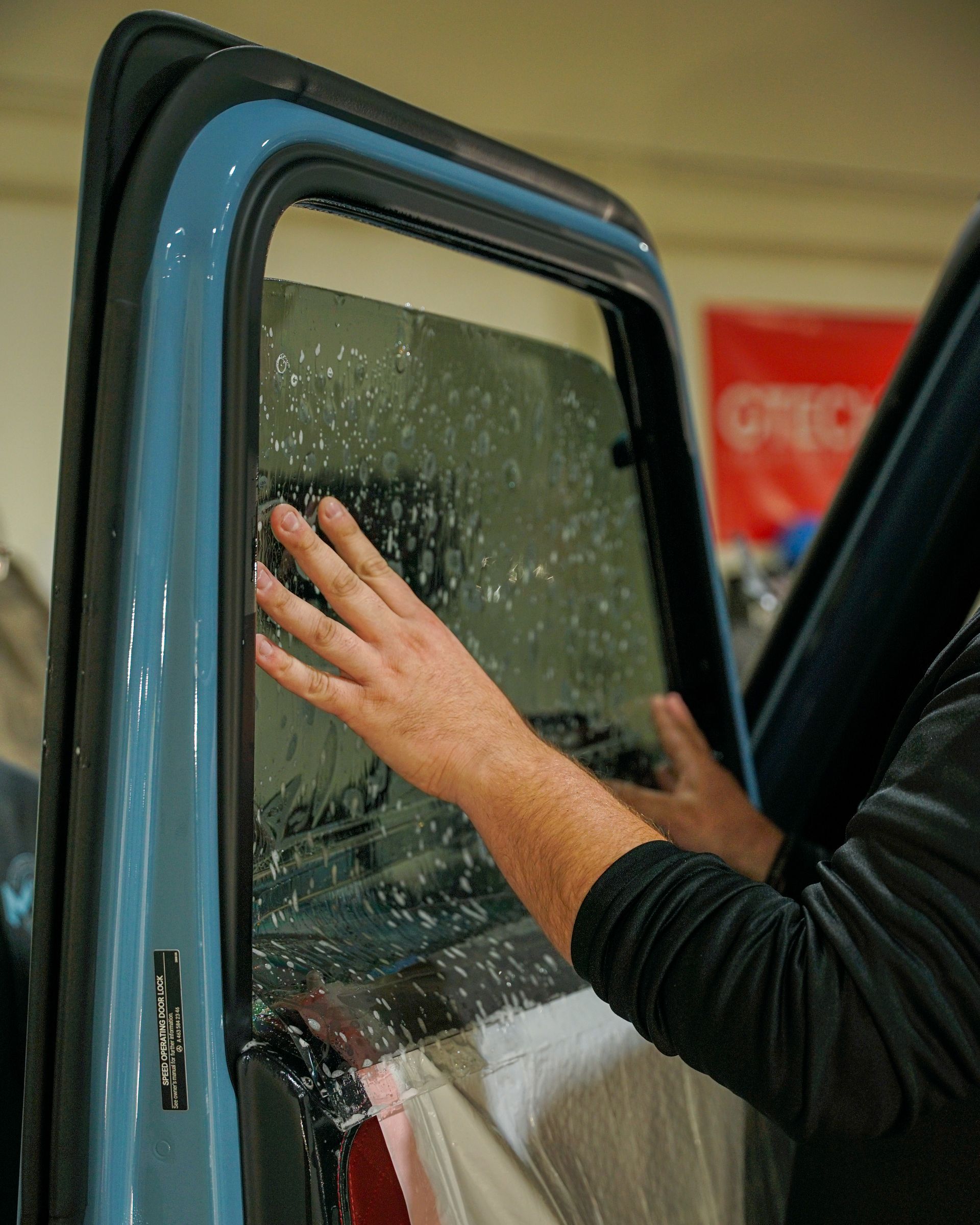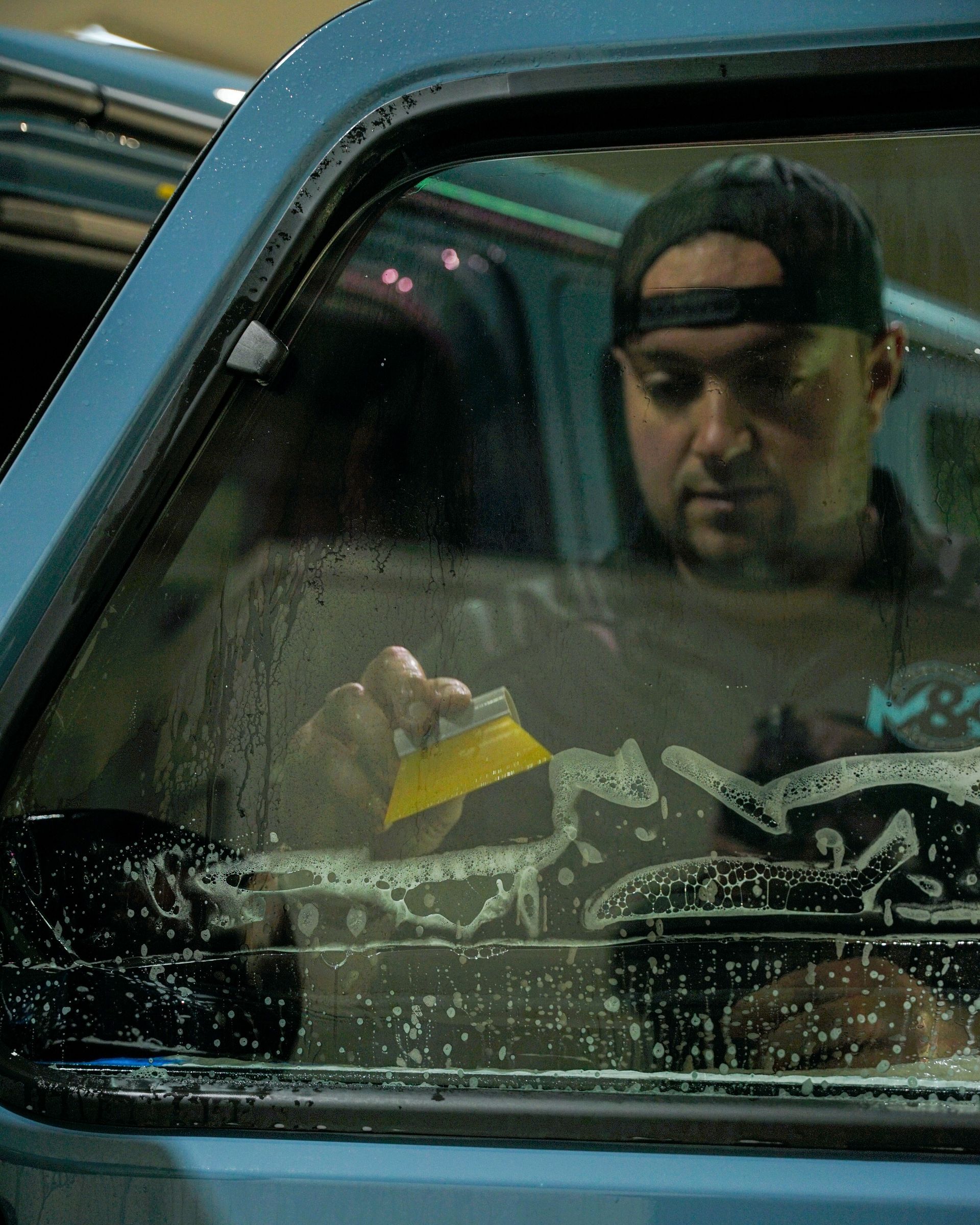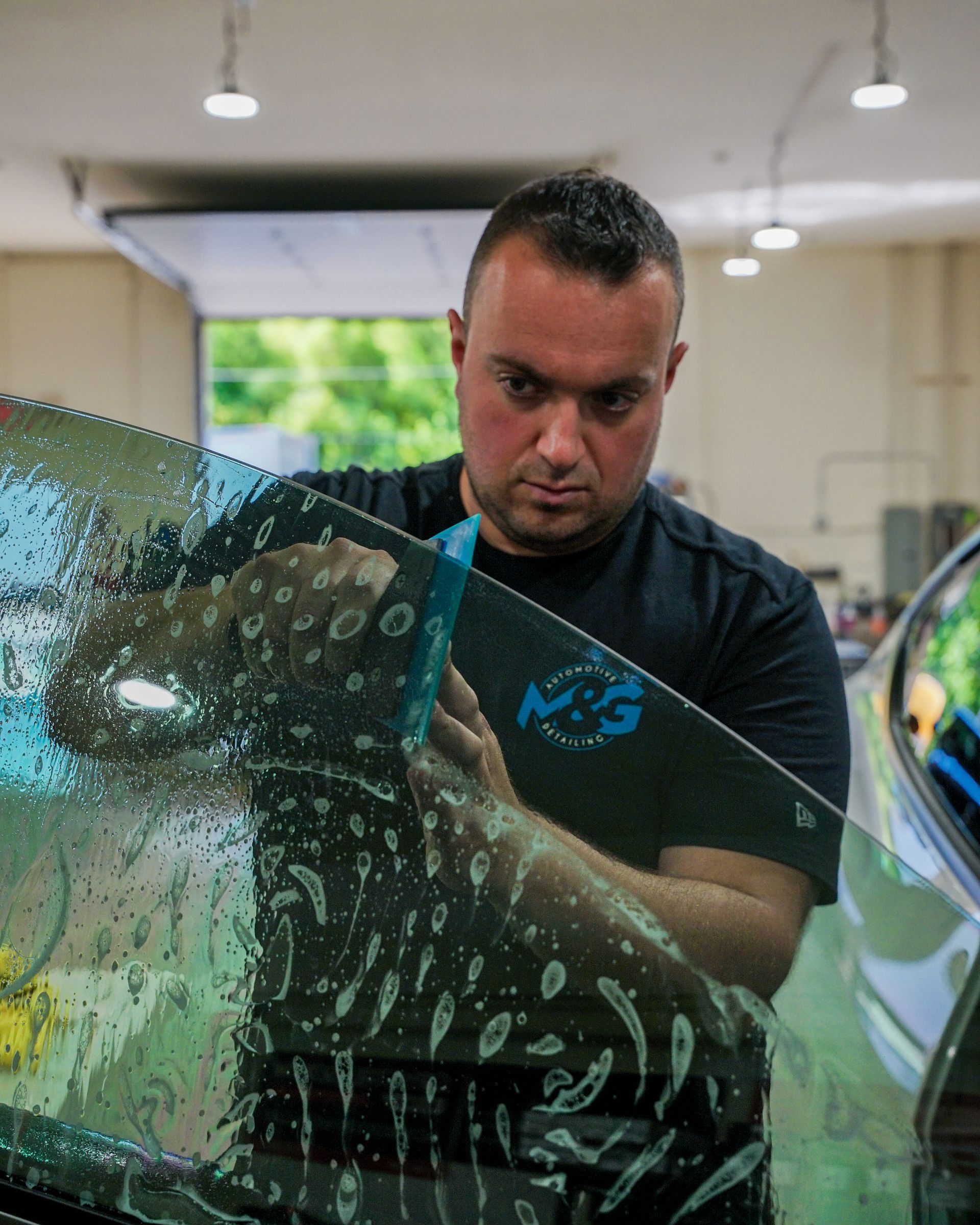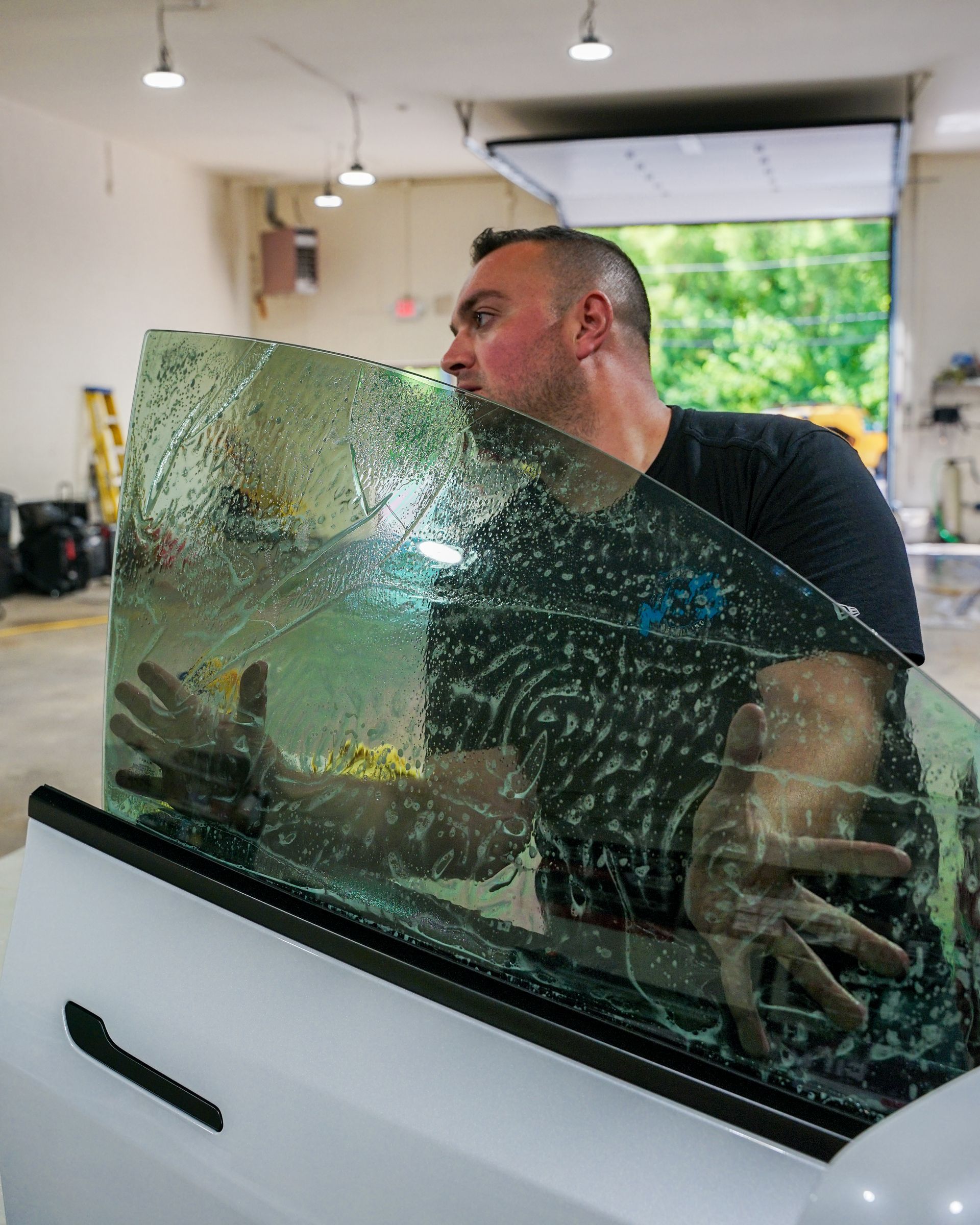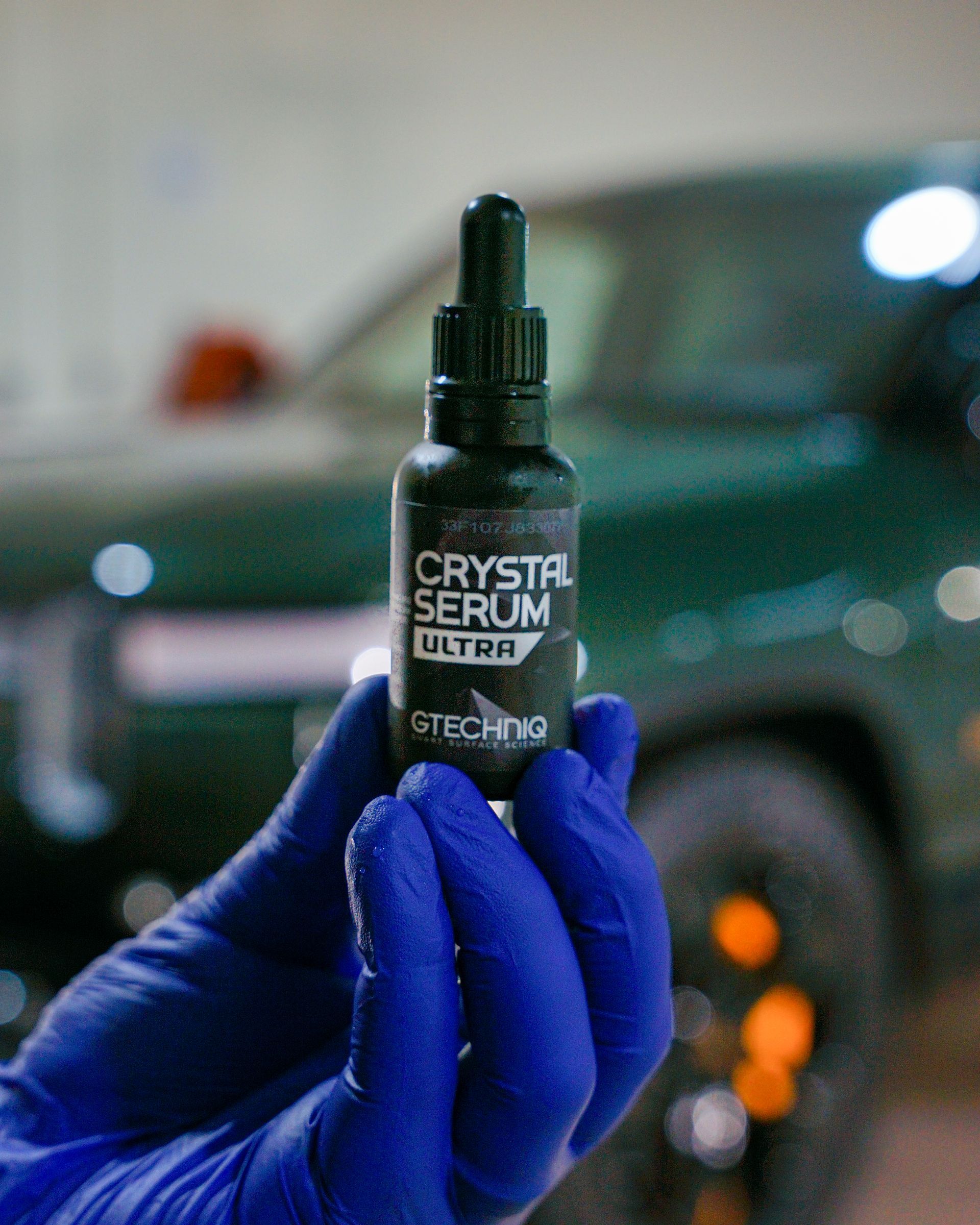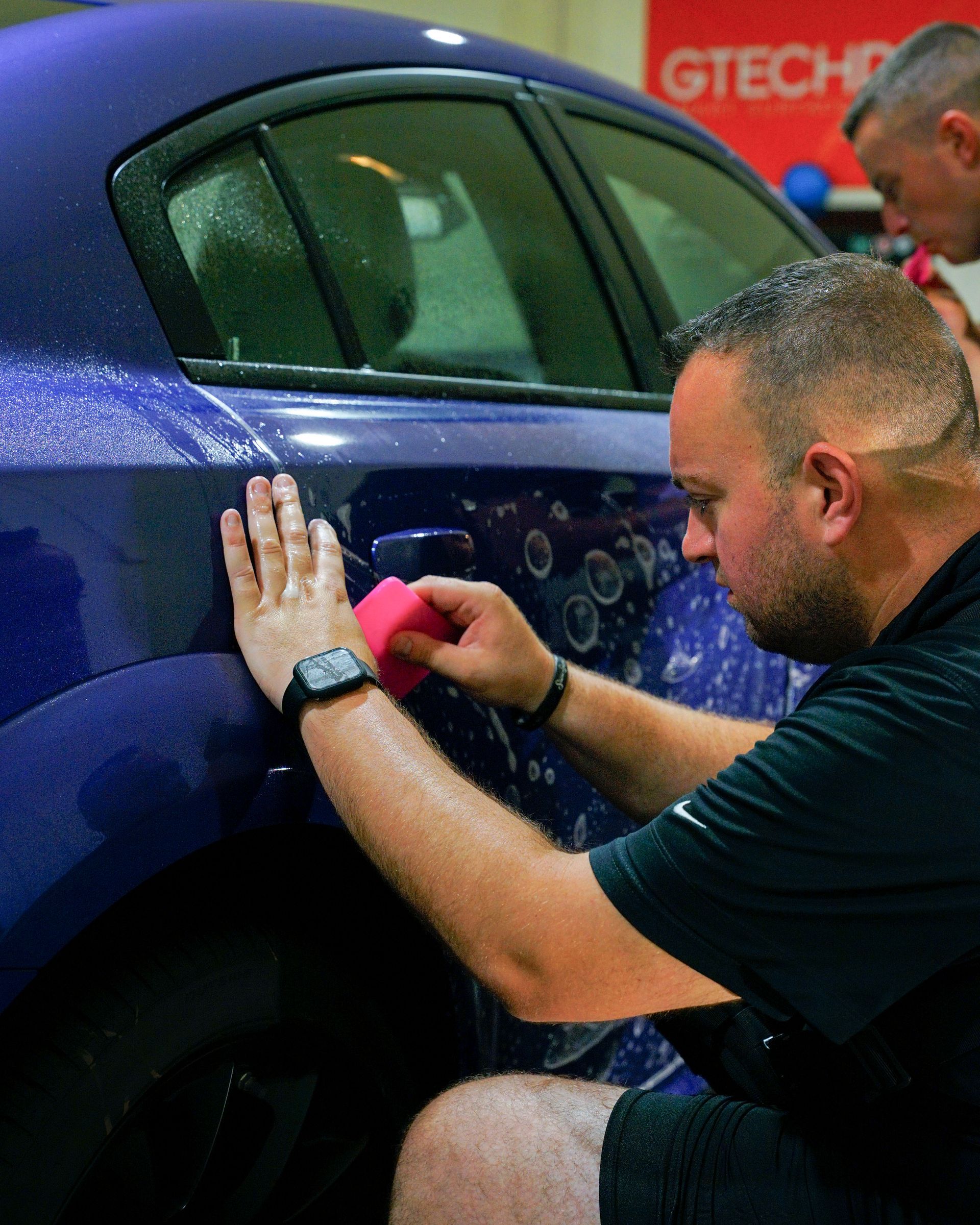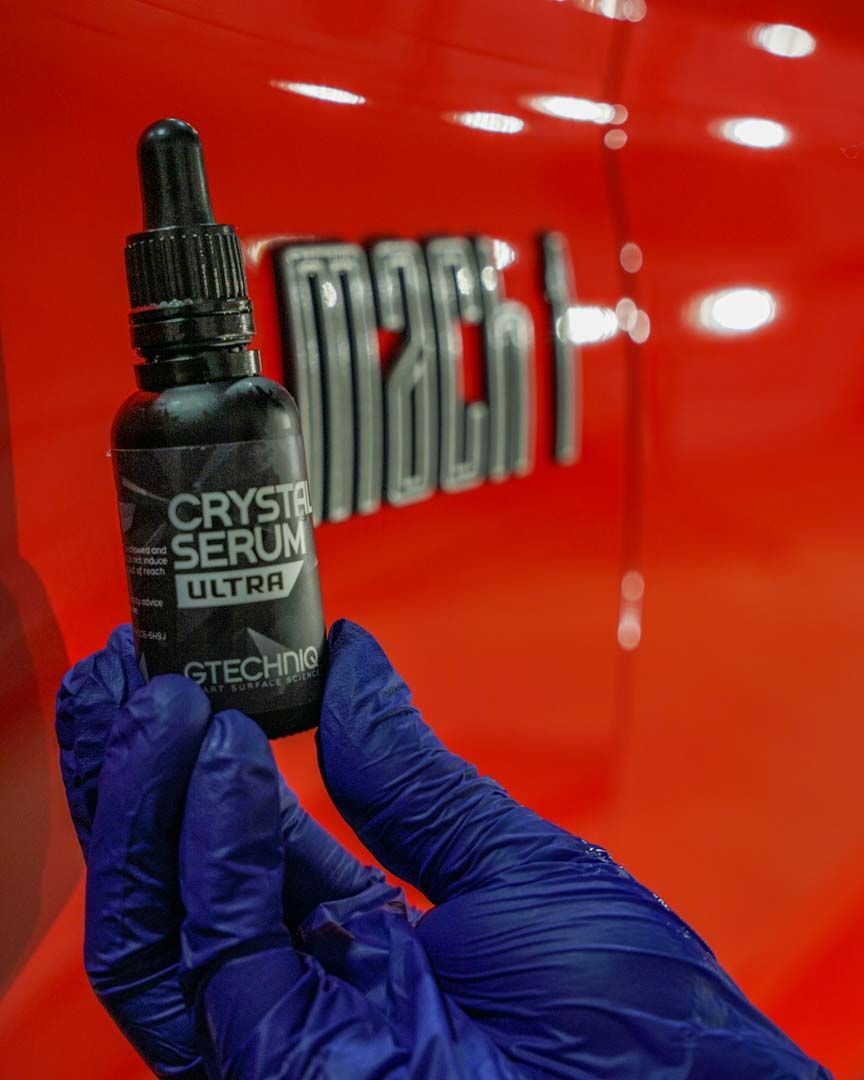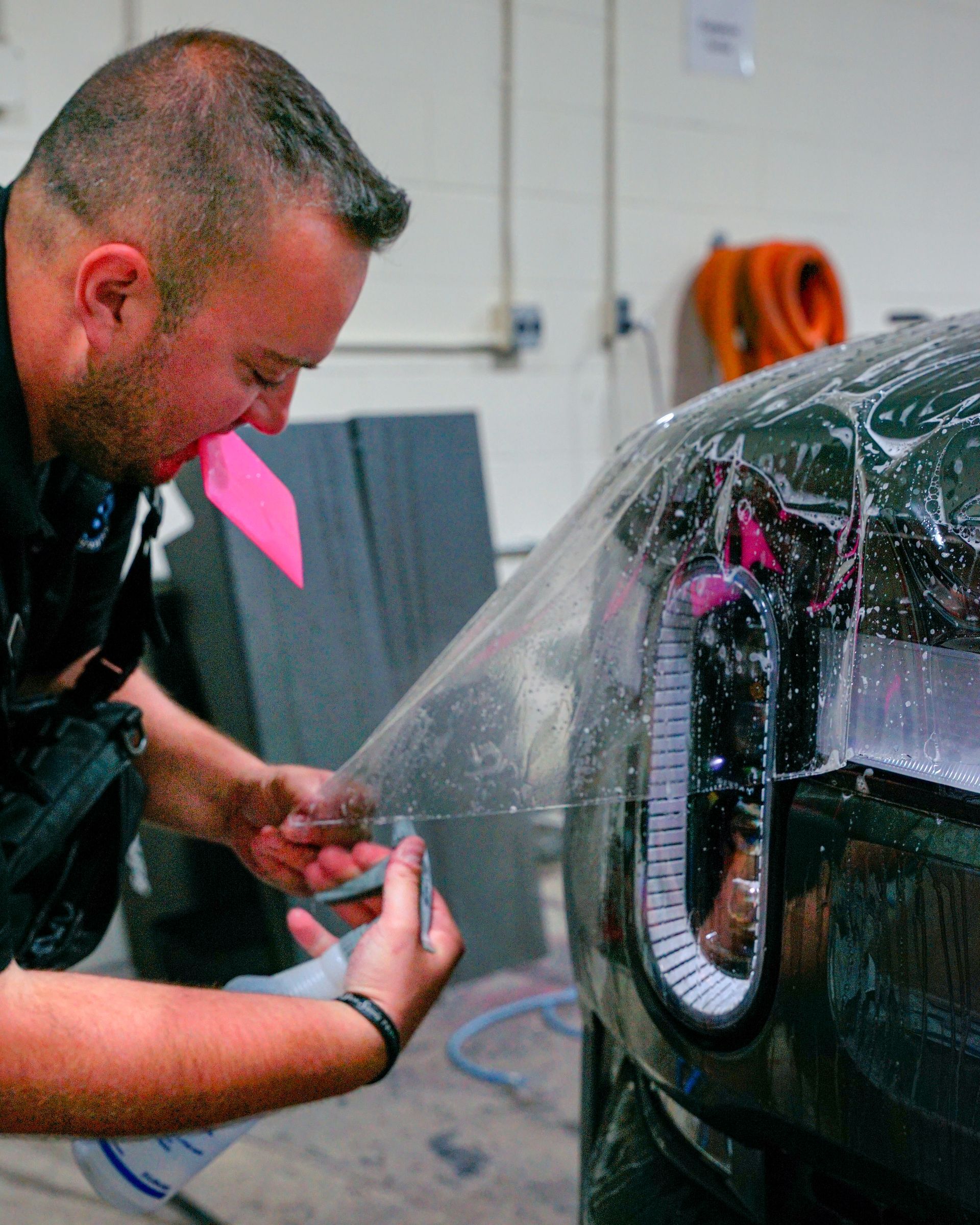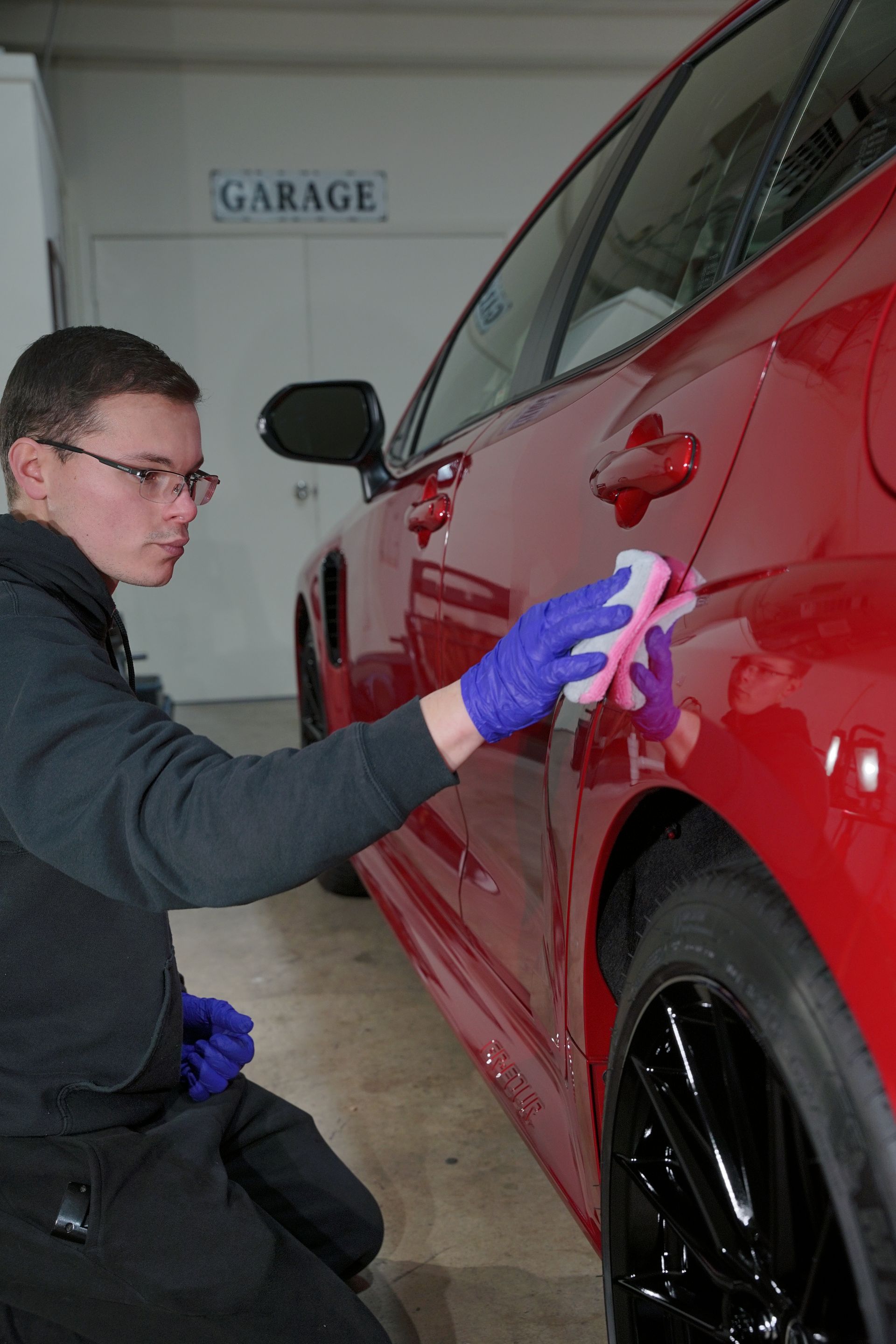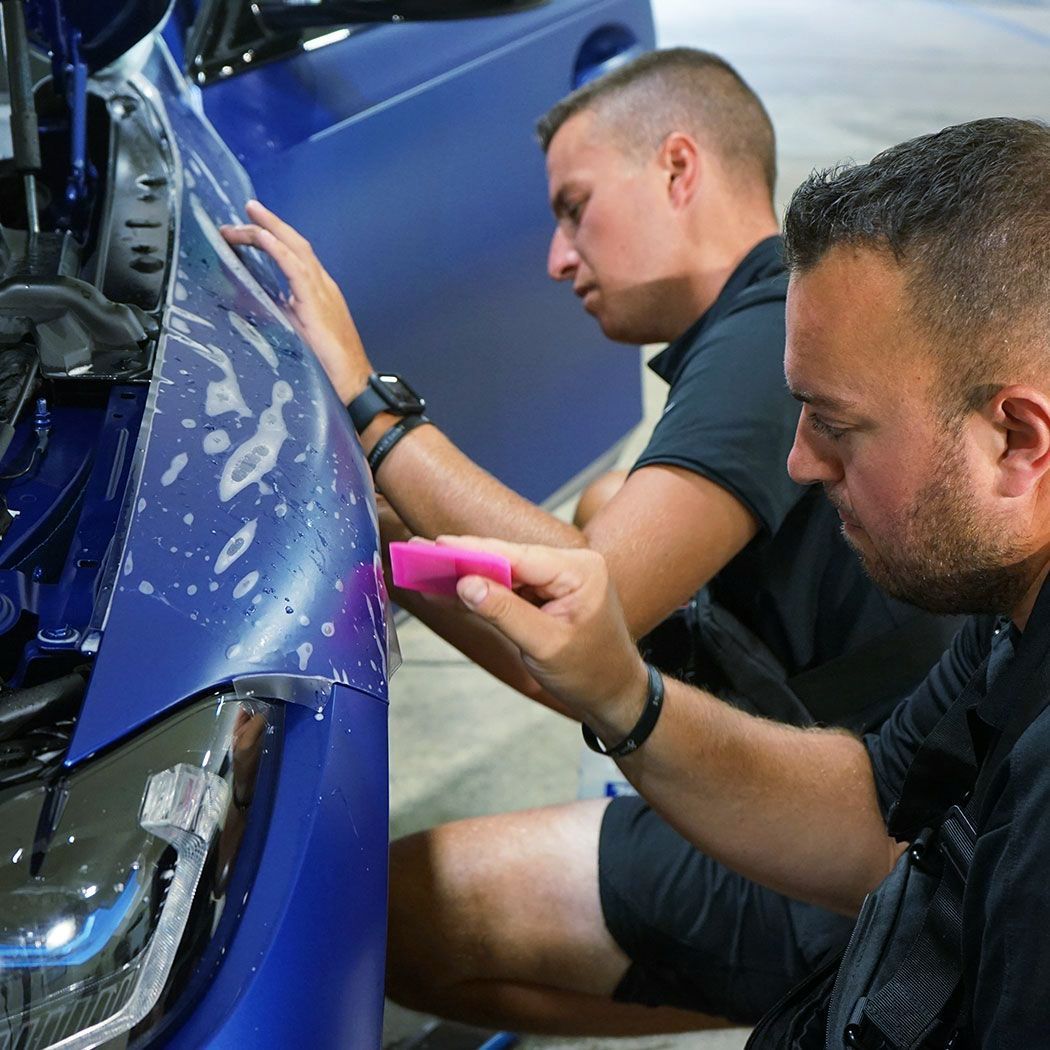Car Window Tinting: Your Ultimate Solution for Interior Heat Control
When summer heat turns your car into a furnace, stepping inside can feel unbearable. The scorching seats, burning steering wheel, and stifling air make even short drives uncomfortable. Car window tinting offers an elegant solution to this problem, transforming your vehicle into a cool, comfortable sanctuary while adding style and privacy. Window tinting isn't just about aesthetics—it's a practical investment in your driving comfort. Quality tints can block up to 78% of solar heat, dramatically reducing interior temperatures and your reliance on air conditioning. This translates to improved fuel efficiency and a more pleasant driving experience year-round.
How Window Tinting Works
Window tints function as protective barriers against sunlight through a thin, durable layer of polyester film applied to your vehicle's interior glass surfaces. This specialized film contains either metallic particles or dyes, each engineered to combat solar heat through different mechanisms. Metallic tints incorporate tiny metal particles that reflect sunlight away from your vehicle, preventing heat buildup inside. These films act like mirrors, bouncing solar energy back before it can penetrate your car's interior. Dyed tints, on the other hand, absorb sunlight and gradually release the absorbed energy, keeping your cabin cooler over time. The effectiveness of any tint depends largely on its Visible Light Transmission (VLT) percentage. This measurement indicates how much light passes through the film. Lower VLT percentages, such as 15%, create darker tints that block more sunlight but may affect visibility. Higher percentages, like 70%, allow more natural light while providing moderate heat reduction.
Types of Window Films
Understanding the different types of window films helps you make an informed decision based on your specific needs and budget.
- Dyed Window Film: They are the most economical option, using dye layers to absorb solar heat and reduce glare. While cost-effective, these films provide moderate heat reduction and may fade over time with prolonged sun exposure.
- Metalized Window Film: It incorporates metallic particles that reflect solar heat while strengthening your windows. This type offers excellent heat rejection and added durability, though it may interfere with electronic signals like GPS or cell phone reception.
- Ceramic Window Film: It stands as the premium choice, utilizing non-conductive ceramic particles to block up to 99% of harmful UV rays without affecting electronic devices. These films provide superior heat rejection while maintaining excellent visibility and signal clarity.
- Carbon Window Film: It contains carbon particles that effectively block infrared light, resulting in excellent heat reduction with a sleek, matte appearance. Unlike dyed films, carbon tints maintain their color and effectiveness without deteriorating over time.
Heat Reduction Benefits
Window tints combat solar heat through two primary mechanisms: reflection and absorption. High-quality metallic and ceramic tints can reflect up to 60% of solar heat, significantly reducing the burden on your air conditioning system. This reflection keeps interior temperatures lower and improves fuel efficiency by reducing the engine's workload. Absorption-based tints, including dyed and carbon varieties, capture solar energy and release it gradually. This process prevents sudden temperature spikes and maintains more consistent interior temperatures, even during extended sun exposure. The heat reduction capabilities vary by tint type. Ceramic films offer the highest efficiency, followed closely by carbon and metalized options. Even basic dyed films provide a noticeable improvement over untinted windows, making any tint better than no tint at all.
Additional Advantages
Beyond heat control, window tinting delivers multiple benefits that enhance your driving experience. Glare reduction improves visibility and reduces eye strain during bright conditions, making driving safer and more comfortable. The reduced squinting and improved focus can prevent headaches and fatigue during long drives. Privacy enhancement ranks among the top reasons people choose window tinting. Darker tints make it difficult for passersby to see inside your vehicle, protecting valuable items and providing personal security. This privacy proves especially valuable in urban areas or when parking in public spaces. UV protection represents another crucial benefit often overlooked. Quality tints block up to 99% of harmful ultraviolet rays, protecting both passengers and interior materials. This protection prevents skin damage during long drives and reduces fading, cracking, and deterioration of upholstery, dashboards, and other interior components. Energy efficiency improvements result from reduced air conditioning usage. When your car stays cooler naturally, you'll rely less on the A/C system, leading to better fuel economy and reduced wear on your vehicle's cooling components.
Choosing the Right Tint
Selecting the ideal tint requires consideration of your climate, personal needs, and vehicle specifications. Hotter climates benefit from darker tints with lower VLT percentages, which block more sunlight and provide superior heat reduction. Milder climates may require less aggressive tinting while still achieving comfortable results. Consider your priorities when selecting tint types. If maximum heat rejection and UV protection matter most, ceramic films justify their higher cost. Budget-conscious consumers can achieve significant improvements with dyed films, though they may need replacement sooner than premium options. Your vehicle's specifications also influence tint selection. Different window shapes and sizes may require specific film types for optimal adhesion and performance. Curved rear windows often work better with certain film types than others.
Legal Considerations
Window tint regulations vary by location, making it essential to understand local laws before installation. Most regions specify maximum darkness levels for front windows to ensure driver visibility and safety. Front side windows typically have stricter requirements than rear windows, which may allow darker tints. Common regulations include minimum VLT percentages for front windows, restrictions on reflective tints, and limitations on windshield tinting. Violating these regulations can result in fines, required removal, and potential legal complications. Research local laws or consult with professional installers to ensure compliance. Some areas also regulate tint colors, prohibiting certain hues that may impair visibility or create safety hazards. Medical exemptions may be available for individuals with light sensitivity conditions, though these typically require documentation and special permits.
Installation Options
Professional installation typically costs between $200 and $600 but offers several advantages over DIY approaches. Experienced technicians use high-quality materials and possess the skills necessary for bubble-free application. Most professional installations include warranties covering material defects and installation errors for five to ten years. DIY installation kits cost significantly less, usually ranging from $30 to $150, but require patience, skill, and proper tools. The risk of imperfections increases substantially with self-installation, and mistakes may require complete reapplication. Success depends heavily on preparation, cleanliness, and attention to detail throughout the process. Consider your skill level, available time, and desired outcome when choosing installation methods. Professional installation guarantees better results and provides recourse if problems arise, while DIY installation offers cost savings for those willing to accept higher risks.
Car window tinting provides an effective solution for interior heat control while delivering additional benefits, including UV protection, glare reduction, and enhanced privacy. The investment pays dividends through improved comfort, reduced energy costs, and protection of your vehicle's interior. Whether you choose professional installation or tackle the project yourself, selecting quality tint appropriate for your climate and needs ensures years of improved driving comfort. Research local regulations, consider your priorities, and choose the tint type that best balances performance, appearance, and budget for your specific situation. With proper selection and installation, window tinting transforms your vehicle into a more comfortable, efficient, and enjoyable space for every journey.
Top-Notch Window Tinting Services in Cherry Hill, NJ
Enhance your driving experience with M&G Automotive Detailing’s
expert window tinting services
in Cherry Hill, NJ. Our premium tints reduce glare, block harmful UV rays, and help keep your interior cooler while adding a sleek, polished look to your vehicle. Designed for durability and performance, our window films are tailored to your style and comfort.
Schedule your window tinting appointment today and enjoy the perfect blend of protection and style!

